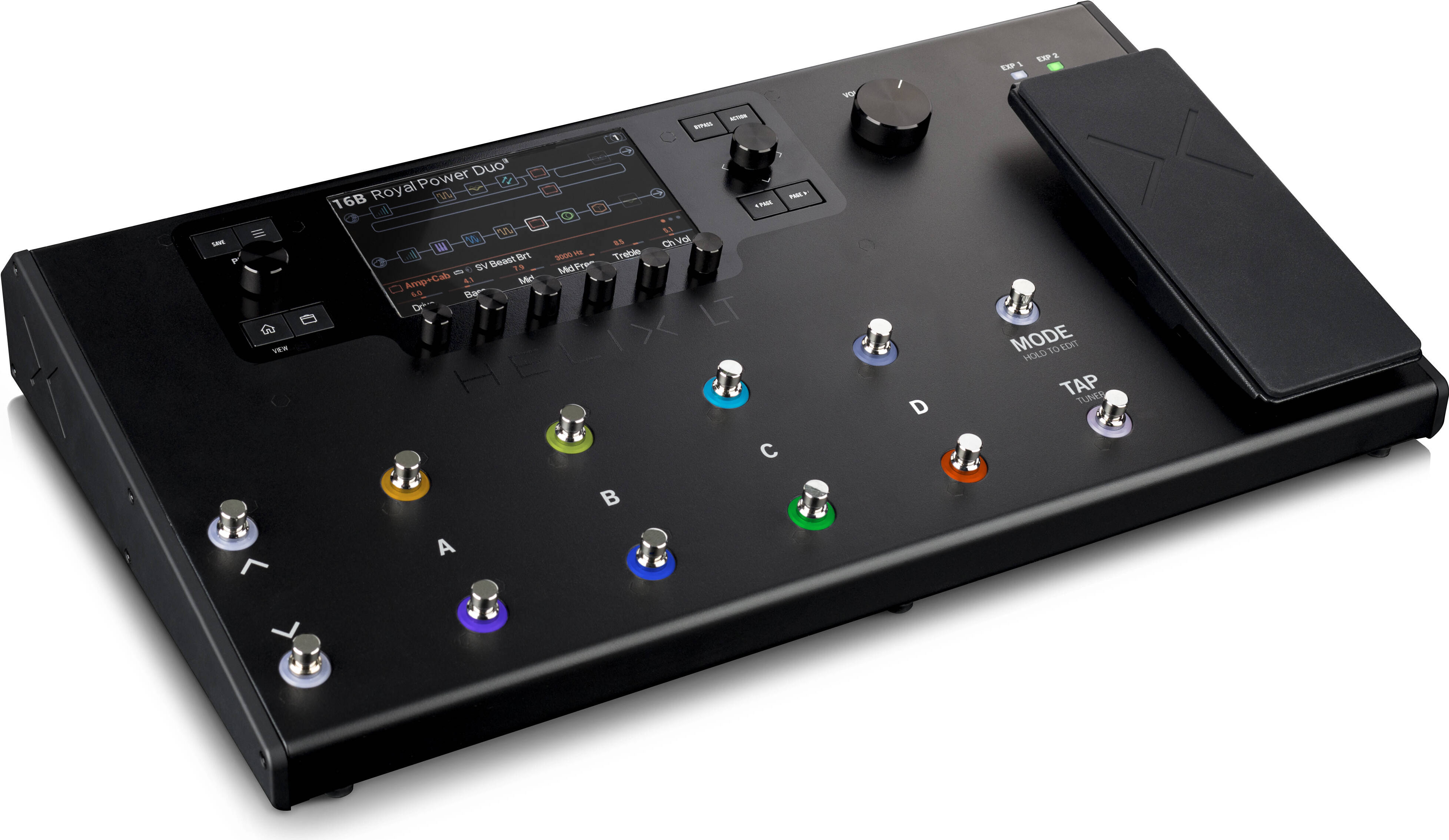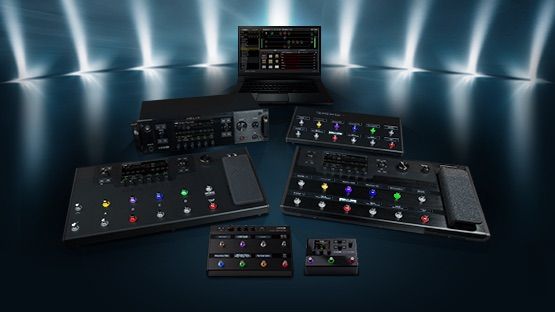


One negative aspect of the HX Edit software is that you have to be connected to your Helix via USB. Just hop into HX Edit make a few adjustments, save and you’re good to go. You no longer have to bend down multiple times to tweak and save settings. With its simple, user-friendly design, Line 6 has made it super easy to edit parameters and assign controls. This is the editing interface for the various Helix products. One design aspect that cannot be overlooked is the design of the HX Edit software. And now that I have owned this unit for a few months, I can definitely say that I have yet to run out of inputs. Not having the extra inputs and scribble strips wasn’t a deal breaker for me. So if you’re wanting to run a vocal mic through your Helix while simultaneously running your guitar or bass you’ll want to stick with the original. One of the missing inputs on the Helix LT is an XLR input. Line 6 made the cleaner design of the LT possible by sacrificing a handful of inputs, their digital scribble strips, and a “headphone” volume knob. Let’s get started! DESIGNĪlthough the Helix LT is considered a “stripped down” version of the original, I personally prefer the Helix LT’s design. I’ll be rating the Helix LT in four categories: design, tones, usability, and value. Hopefully this review will help you decide if the Line 6 Helix LT deserves your hard-earned money. In the age of boutique pedals, amps, and guitars, accumulating new gear can be extremely costly. As a guitarist, you put a lot of research into choosing your new gear – and you should.


 0 kommentar(er)
0 kommentar(er)
